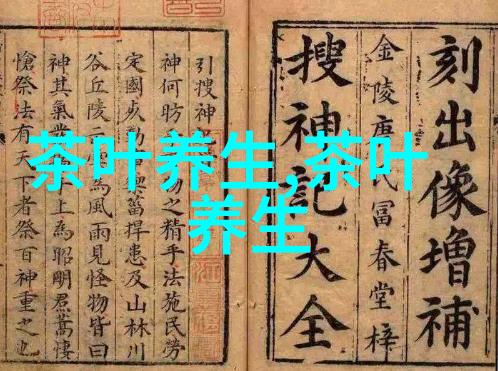Tea has been an integral part of Chinese culture for over 4,000 years. It is not only a popular beverage but also a symbol of hospitality and friendship. Among the numerous tea varieties in China, some have gained international recognition for their unique taste, aroma, and cultural significance.

The term "China's ten great teas" or "China's top ten teas" refers to those exceptional teas that are highly prized both domestically and internationally. These teas represent the best of China's rich tea-making traditions and have contributed significantly to the country's reputation as a tea-producing powerhouse.
What Makes Chinese Tea So Special?

Several factors contribute to the global appeal of Chinese tea. Firstly, its long history has led to an extensive range of production techniques and methods passed down through generations. This diversity ensures that there is always something new to discover for enthusiasts around the world.
Secondly, China boasts vast regions with varying climates suitable for growing different types of tea plants. From tropical islands like Hainan Island to mountainous areas like Yunnan Province, each region offers unique terroirs that impart distinct flavors and aromas to the final product.

Lastly, traditional Chinese tea ceremonies emphasize harmony between nature (the environment), humanity (the people involved), and heaven (the divine). The spiritual aspect associated with these ceremonies transcends borders and fosters connections among people from different cultures who share this appreciation for tranquility and mindfulness.
A Closer Look at Some Well-Known Teas

Longjing (Dragon Well) Green Tea: Known for its delicate floral aroma and jade-green leaves shaped like dragon claws or coins.

Keemun Black Tea: Characterized by its smooth flavor profile reminiscent of fruit notes.
3.Tieguanyin (Iron Goddess): A partially fermented oolong green black hybrid known for its complex flavors ranging from floral sweetness to roasted nuttiness.
4.Lu Shan White Tea: Famous for its light color resembling white silk fabric.
5.Yunnan Gold Pu-erh: An earthy pu-erh variety made from large-leafed trees native only in Yunnan province.
6.Jasmine Green Tea: Blended with jasmine flowers during processing which imparts a fragrant scent similar to rose petals.
7.Xi Hu Longjing: Also known as West Lake Dragon Well green tea; it shares many similarities with Longjing but hails from Hangzhou’s famous West Lake area.
8.Meng Ding Gan Lu Gu Pian: A type of Mao Feng white tea grown in Sichuan province renowned for its crisp taste with hints of honey-like sweetness.
9.Wuyi Oolong : Originating in Fujian province near Mount Wuyi; it stands out due to distinctive rock formations which give rise peculiar flavor profiles such as fruit notes mixed with smokiness.
10.Huang Shan Maofeng Green Tea : Named after Yellow Mountain where it grows; this particular type boasts large flat leaves resembling silk threads when unfurled
In conclusion, while there are numerous excellent teas within China's diverse offerings, these ten well-known varieties embody quintessential qualities admired worldwide - exquisite taste profiles combined with deep-rooted cultural heritage that continues captivating consumers across borders today more than ever before
